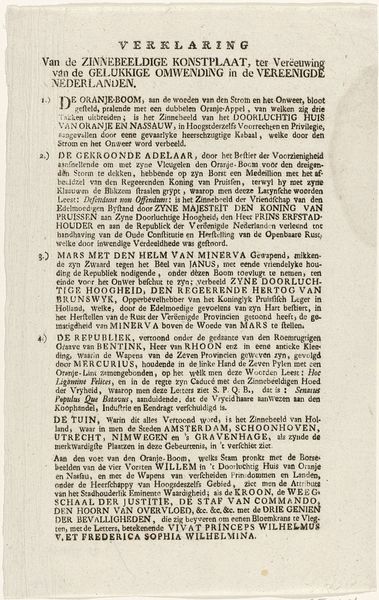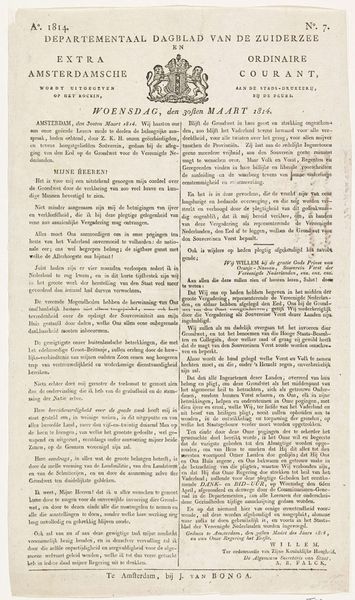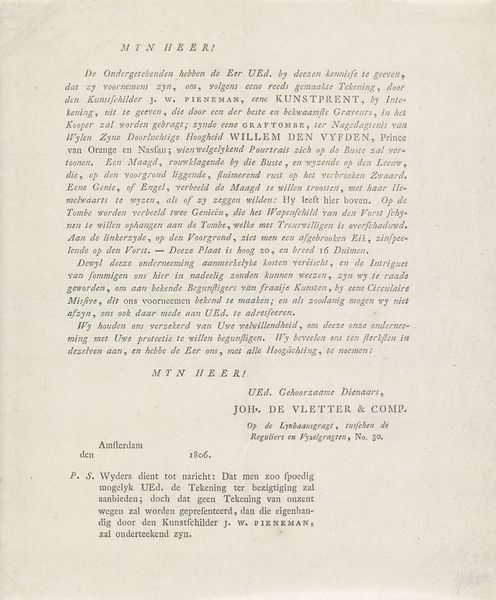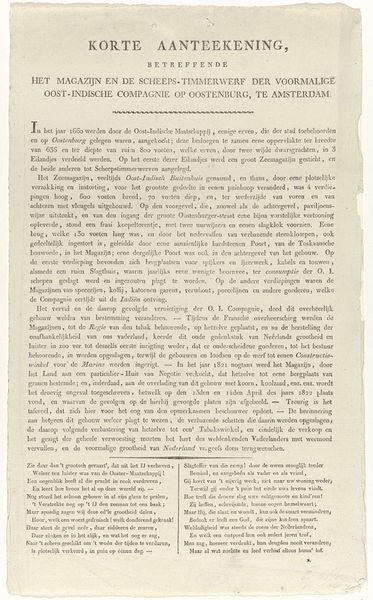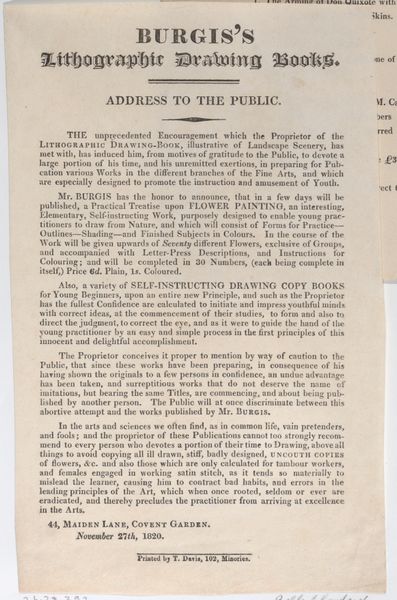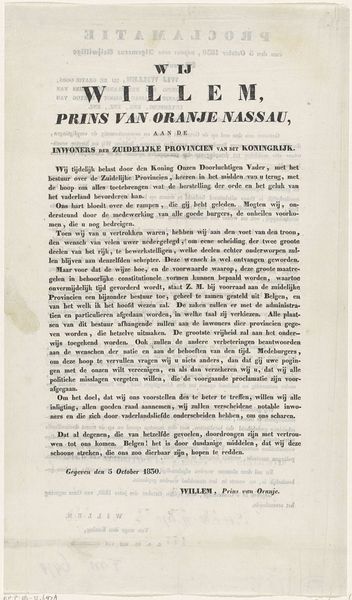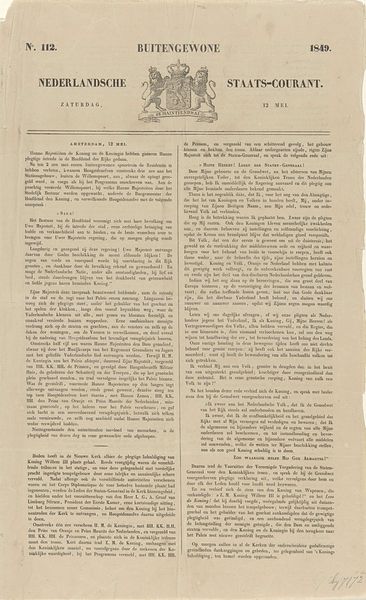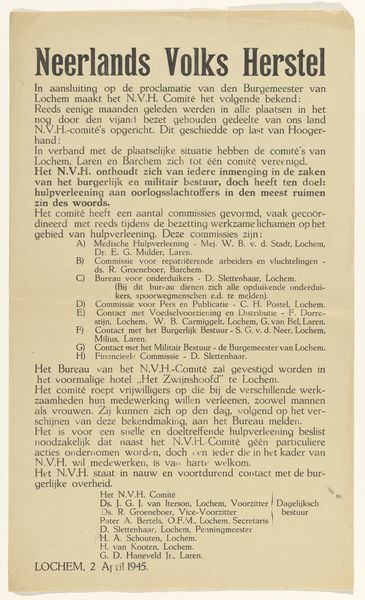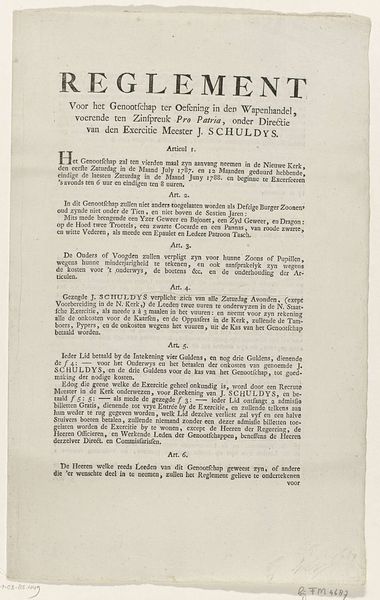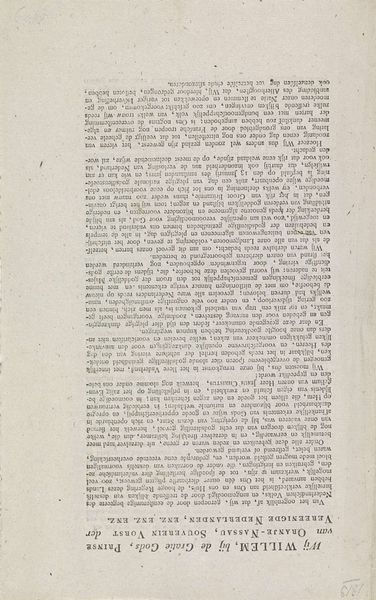
Verklaring bij de Allegorie op het herstel van stadhouder Willem V, 1787 1787
0:00
0:00
josephvitez
Rijksmuseum
Dimensions: height 414 mm, width 230 mm
Copyright: Rijks Museum: Open Domain
Editor: This print, "Explanation of the Allegory on the Restoration of Stadtholder Willem V," dates back to 1787. The artist, Vitez, used engraving. It feels… incredibly dense, almost overwhelming. All this text surrounding the images… what am I supposed to focus on? What do you see in this piece? Curator: Ah, yes. This "explanation" is key, isn't it? Prints like these weren't just decorative; they were instruments of political communication. Note how symbols carry potent messages: the orange tree for the House of Orange, the crowned eagle alluding to Prussian support. Consider these symbols in the context of the Patriot revolt, the Stadtholder's restoration with Prussian military assistance, and what feelings this artwork could have triggered at that time. What emotions could these icons elicit in those who had witnessed this historical turnaround? Editor: So it’s basically a visual propaganda piece? The text isn't just explanatory; it directs your interpretation of the symbols. Curator: Precisely! The symbols create an immediate understanding for the contemporary viewer; their meaning becomes entwined with political aspirations and cultural memory. Look, for example, at the scales of Justice - how does its prominent display impact the narrative? The artist wanted to influence opinion and emphasize themes related to rightful leadership and divine vindication. It embodies Dutch cultural memory and social structure during that specific period. Editor: It’s interesting how symbols work. You almost need a decoder ring to understand everything. Curator: The cultural context *is* the decoder ring. Each element is thoughtfully chosen to speak to specific values and shared understandings of the time. Even the act of creating and distributing this print solidifies particular allegiances. How might interpretations of such symbols have changed over time, depending on who's viewing it? Editor: I never considered art could function so directly as a historical document and persuasive tool. Now the sheer density feels…purposeful. Curator: Exactly. And these types of images also show continuity in cultural memory, expressed through images, revealing a visual connection to events in history.
Comments
No comments
Be the first to comment and join the conversation on the ultimate creative platform.

